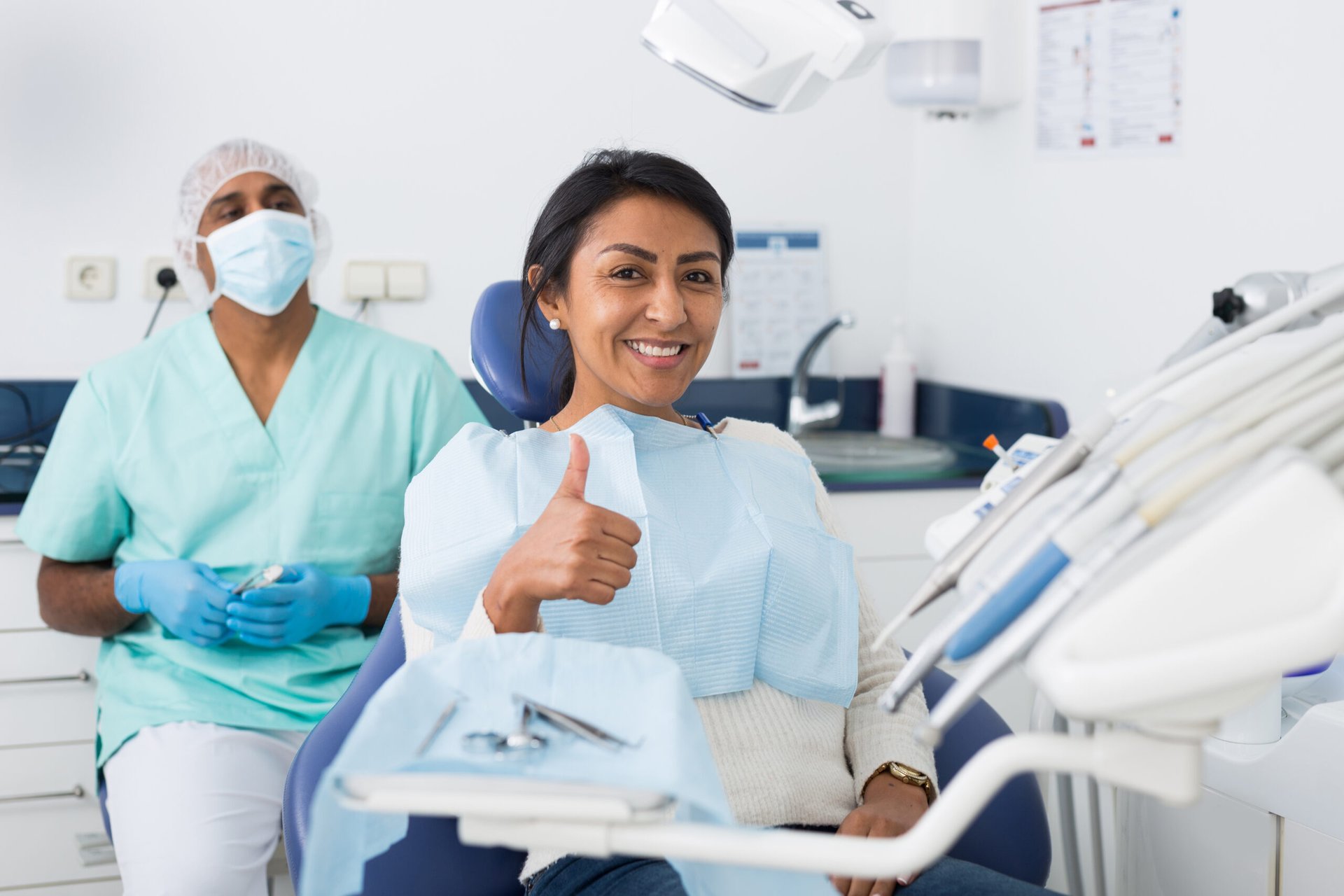
You need medical insurance, if only to protect against the cost of an accident or illness so expensive that you could be ruined financially. But do you really need dental insurance?
About 80% of Americans had dental insurance at the end of 2018, according to the National Association of Dental Plans, and two-thirds — 172.8 million people — had private coverage. Nearly 87.6 million got coverage through a publicly funded program, such as Medicaid, the Children’s Health Insurance Program and Tricare.
Dental insurance undoubtedly is a blessing for millions of Americans. Still, it might not always be worth the cost. It depends on your plan, your needs and the cost of the services available.
If the cost of your plan is too high — or if you don’t like your coverage options — here are 10 other ways to cut dental costs:
1. Self-pay
It may be less expensive to pay out of pocket than to buy a plan. Fees vary by dentist’s office and by geographic region. According to the CostHelper website, you can expect to pay $70 to $200 to have your teeth cleaned, and $20 to $250 or more for X-rays.
2. Preventive care
In many cases, the best way to save on dentistry is to take excellent care of your teeth and gums, and to learn and deploy healthy dental routines.
For example, fruit juices, carbonated drinks and acidic foods wear away your tooth enamel. So brushing — and reducing intake of such foods — can be a big help.
The American Dental Association tells you how to brush correctly and how to floss effectively.
3. Cut back to one cleaning a year
Studies have shown that for many folks, visiting the dentist twice a year does not deliver notable benefits compared with one exam a year. If you don’t have serious dental issues, you can probably get by with one cleaning annually.
But don’t skip that one annual cleaning and exam. Seeing the dentist annually can save you from costly and serious problems.
4. Discount dental plans
Discount plans charge an annual fee in exchange for discounted services from network providers. Before you buy into a plan, look over its list of covered procedures to see if they are ones you are likely to use.
5. Request 10% off
Some dentists will take 10% off the cost of a visit or procedure if you pay at the time of the visit. Others offer a discount for cash.
If your dentist doesn’t provide a discount, ask if he or she can do so. Or, shop around for a dentist, gathering recommendations from friends and then phoning those offices to find out if they offer a discount.
6. Charitable clinics
Look for low-cost or free dental clinics offered in your community and staffed by dentist volunteers.
Find opportunities in your area through America’s Dentists Care Foundation. Another charitable organization with volunteer dental professionals is Dentistry From the Heart, a global nonprofit organization. Or ask your state’s dental association about low-cost care.
7. Dental schools
Dental schools at many colleges and universities around the U.S. often offer free or reduced-cost care. Accredited programs are listed at the ADA website.
8. Federally qualified health centers
Private health centers offering dental services exist in cities and counties across the country. They receive some government funding and charge according to what you can afford. Use the clinic locator at the federal Health Resources and Services Administration website.
9. Consider dental tourism
Dental tourism — traveling to other countries to get treatment, often at a fraction of the U.S. cost — is a huge business. Among the top countries that have a thriving dental industry catering to foreigners are:
- Mexico
- Thailand
- Spain
- Turkey
- Czech Republic
- Costa Rica
- Poland
- Philippines
- Hungary
Do plenty of research to ensure you are getting safe and high-quality care. The American Dental Association has information and cautions about dentistry outside the U.S.
OSAP, the Organization for Safety, Asepsis and Prevention, tells how to assess infection-control practices in a dentist’s office and gives a checklist for obtaining safe dental care abroad. It cautions:
“The decision to visit another country for dental care should go beyond simply comparing prices or even evaluating the dentists’ expertise. Countries differ in their standards for infection control and safety. The use of fresh gloves, sterile instruments and safe water are not standard practice in all countries. Without these precautions, patients could be infected with diseases such as hepatitis B.”
10. Try a rural dentist
Dentist fees in rural counties typically are lower than in urban areas. Comparison shop for the procedure you need by phoning offices of American Dental Association member dentists outside your metro area and asking about fees. Click here to locate an ADA member dentist.





Add a Comment
Our Policy: We welcome relevant and respectful comments in order to foster healthy and informative discussions. All other comments may be removed. Comments with links are automatically held for moderation.